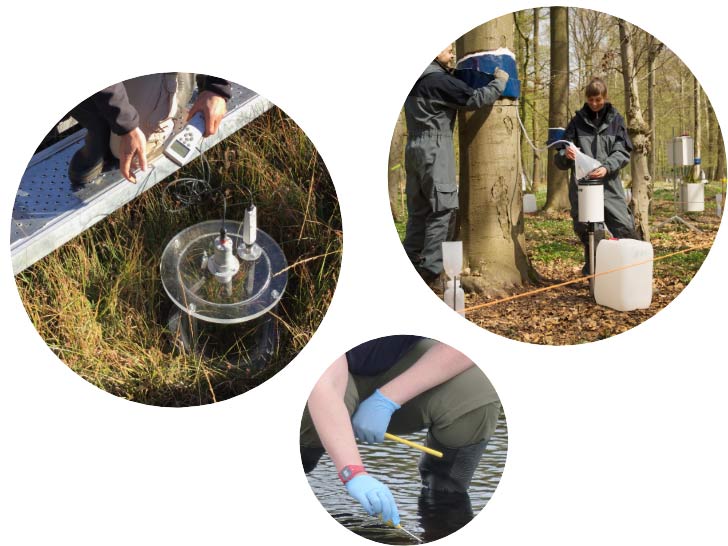LTER Sites
The site level has been the best known in-situ component of LTER over the past two decades. Many European LTER sites, set up for a range of pure research purposes, have been maintained for subsequent projects and are thus equipped with a wide variety of long term monitoring components; they do not share a standard design. As a result, European site-level LTER facilities are very variable.
The LTER process in Europe has taken concrete steps towards:
- establishment of more detailed site categories
- development of criteria for LTER Sites
- continued improvement of the documentation of LTER Sites in DEIMS-SDR
Acknowledgement of each site by the national LTER network These measures have moved us towards a more consistent distributed network of ~500 LTER Sites (status: May 2021) which represents an excellent basis for European scale eLTER projects and the further infrastructure development towards a formal eLTER Research Infrastructure.
LTER Site categories
The specification of European site categories (including Standard Observations) is further developed in the context of the eLTER ESFRI process towards the eLTER Research Infrastructure. However, these are the basic categories also applied at the global scale by ILTER.
Master LTER Site (Synonyms: ‘supersite’; ‘LTER hub’; ‘HIS=Highly Instrumented Site’; M-Site): Highly instrumented and permanently operated sites, featuring a whole system approach in terms of combining regular sampling (weekly as standard), permanent measurements and inventories at appropriate intervals across drivers and ecosystem compartments. Design of site customised according to the ecological profile of the site and enabling integrated analyses across system strata (geosphere to atmosphere) and covering the required spatial scales. Experimental approaches are applied or are possible. All year access and power supply must be secured in order to enable measurement of e.g. climate data according to international standards. A maximum of other networks and/or related projects shall have been using this category of site (e.g. EMEP, CarboEurope, UNECE ICPs, national monitoring networks…). Operation for at least 10 years. The intention is to flag sites, which can be considered as key ecosystem research infrastructures on the European scale, - also for collaboration with other research infrastructures.
Regular LTER Site (Synonyms: ‘regular’ LTER site; R-Site): In principle, these sites comply with the description of Master LTER Sites, but differ in volume of instrumentation and the choice of methods. A whole system approach must be in place, but with reduced granularity in terms of temporal and spatial resolution. Simpler and cheaper methods allow for a larger number of Regular Sites, necessary to represent the wide range of ecosystems found across Europe.
Emerging & extensive LTER Site (Synonyms: ‘pilot LTER site’; E-Site): This category represents:
a) Emerging = recently established LTER Sites (3-5 years of observation) being developed towards a higher category OR
b) Extensive = LTER Sites with specific long-term monitoring and scientific foci and therefore not following the full ecosystem approach (e.g. for reasons of limited considered spatial scale). Extensive LTER Sites may focus on long-term monitoring (observation), but there must be an explicit research component.
Given the higher levels of national or regional formalisation, the categories of LTER facilities have been further developed and specified in more detail e.g. in South Africa (SAEON), Australia (TERN) and China (CERN). In Europe this is an ongoing activity in the eLTER ESFRI process
Access to Sites and Platforms
DEIMS-SDR
National networks hosting Sites and Platforms across Europe
